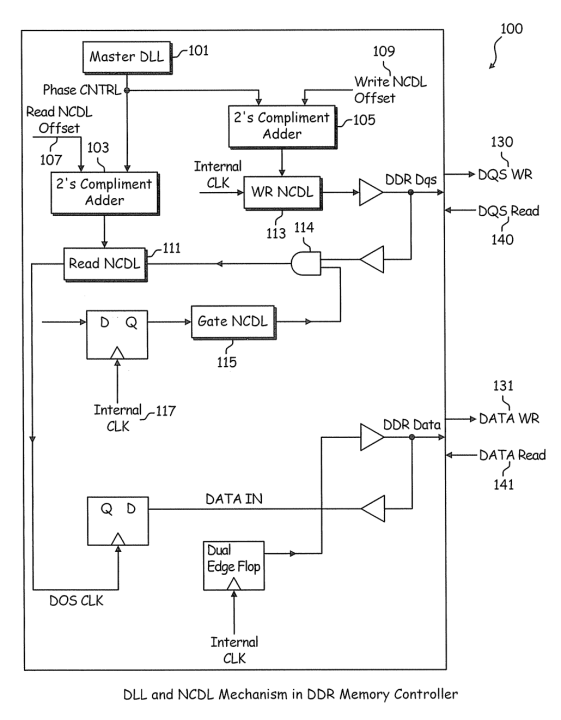TP Minds held their annual Americas conference February 20-21 in Miami, Florida. ktMINE’s Brett Schoell, Market Lead of Transfer Pricing & BEPS, and Brian Hodge, Business Development Consultant, attended the event, where ktMINE was an Associate Partner.
In light of the recent Tax Cut and Jobs Act (TCJA), there are several acronyms at the top of transfer pricing professionals’ minds. These include BEAT (Base Erosion & Anti-Abuse Tax), GILTI (Global Intangible Low-Taxed Income), & FDII (Foreign-Derived Intangible Income), and were discussed at length during the conference.
Despite the different effects these provisions may have on a multinational corporation’s (MNC) taxes, a general call to action can be found within the TCJA for transfer pricing professionals. Specifically, it can be found within the planning and operational modelling a practitioner must perform when performing transfer pricing. Ultimately, whether it’s for long term or short term tax planning practitioners should reassess their operating models to ensure the status quo is still the most effective management of their intangible property (IP).
Why Does the New Tax Act Affect Operating Models?
When we look at the provisions mentioned above, the picture becomes a little clearer. Both BEAT & GILTI are designed to allow the U.S. to attempt to mitigate base erosion. BEAT operates as a type of alternative minimum tax to be applied on base eroding payments for both inbound and outbound MNCs. While GILTI only applies to MNCs with Controlled Foreign Corporations (CFC), it is designed as a tax to collect profits from overseas jurisdictions. This targets CFCs that have valuable IP with limited tangible assets. Lastly is FDII, whose provisions are comparable to a patent box regime by incentivizing MNCs to move IP to the U.S. by lowering the tax rate for income generated when it exports goods or services performed overseas that involves IP owned by the U.S. MNC.
With increased taxes on base eroding activities in the U.S. and new incentives to bring intangibles stateside, transfer pricing professionals have more reason than ever to assess the state of their IP.
What Can You Do?
Tools are available to assist in this endeavor. Through the use of these tools, practitioners are able to quickly assess where the legal ownership of their IP lies, the overall state of an industry regarding IP, and of course the comparables they’ll need to generate arm’s length royalties.




